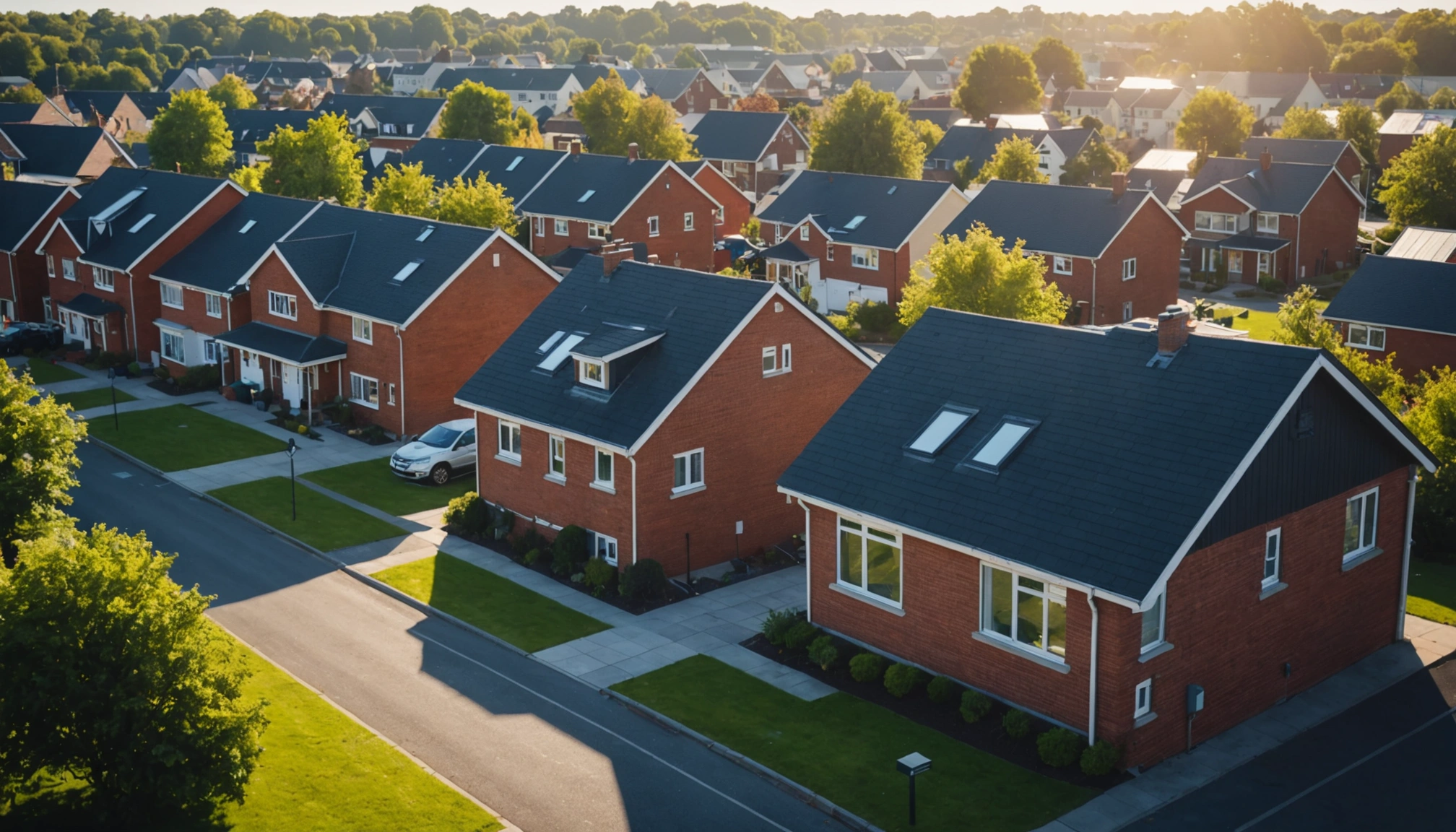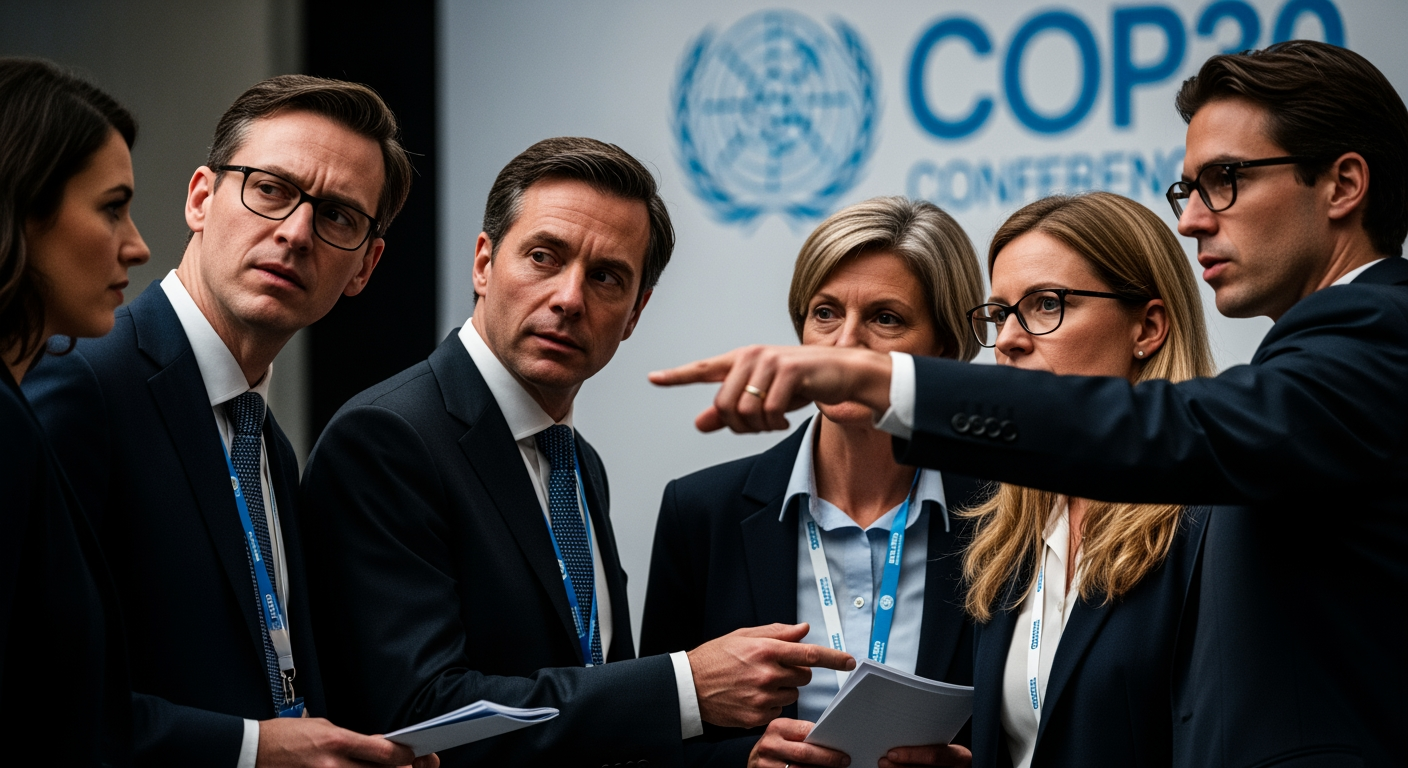Climate Crisis Exacerbates Affordable Housing Shortage, Disproportionately Impacting Vulnerable Communities

The escalating climate crisis is not just an environmental concern; it's a significant driver of the affordable housing shortage, creating a precarious situation for low-income families and marginalized communities worldwide. As extreme weather events become more frequent and intense, the existing vulnerabilities in the housing sector are amplified, pushing affordable housing further out of reach for those who need it most.
Rising Risks, Rising Costs
Climate change intensifies risks to affordable housing in several ways. Coastal cities are grappling with increased flooding, and low-lying areas, where affordable housing is often located, are particularly vulnerable. Extreme weather events, such as hurricanes, floods, and heatwaves, are becoming more common, rendering areas once considered safe, now high-risk.
These increased risks translate directly into higher costs. Developers face the need to invest in costly mitigation measures, such as elevated foundations, improved drainage systems, and reinforced structures, to meet building codes and ensure the safety of residents. These costs are often passed on to residents through higher rents or avoided altogether, compromising the quality and resilience of the housing.
Furthermore, higher disaster risk leads to inflated insurance premiums, adding a significant financial burden for low-income households. As climate change accelerates the frequency and severity of disasters, rising insurance costs may render even the cheapest housing unaffordable.
The Economics of Land Use
Land is a finite resource, and its value is determined by location and risk. Affordable housing is often relegated to less desirable and more hazardous locations due to economic constraints. This creates a cycle of vulnerability, where those with the fewest resources are disproportionately exposed to climate-related risks.
The real estate market, driven by short-term profit margins and traditional valuation models, has not fully adjusted to the growing climate risks. This disconnect means that the prices of properties in vulnerable areas may not accurately reflect the potential for future damage, creating a false sense of affordability.
Disproportionate Impact on Vulnerable Populations
Low-income households, despite contributing the least to greenhouse gas emissions, often bear the brunt of climate change impacts. This disparity is evident after significant flood events and other climate-related disasters. Marginalized populations, including women, low-income households, youth, Indigenous and racialized communities, are more vulnerable to evictions and face limited housing choices, often residing in deteriorating conditions prone to natural disasters and far from essential services.
The climate crisis is also exacerbating existing inequalities in the housing sector. Women, for example, have been severely impacted by the housing affordability crisis, especially during the pandemic, experiencing unemployment and rising housing costs. Indigenous and racialized communities are also disproportionately affected by environmental racism, which is interlaced with segregation and access to affordable housing.
Global Implications and the Need for Adaptation
The affordable housing crisis, interlinked with climate change and biodiversity loss, is a global challenge. It is estimated that around 80% of cities worldwide lack affordable housing options for the majority of their population. The world needs to provide two billion homes over the next 75 years, which translates to building 96,000 new affordable homes every day.
The building and construction sector accounts for a significant portion of global energy-related carbon dioxide emissions. Addressing the housing crisis requires a monumental shift in the industry towards sustainable and resilient building practices.
While global climate mitigation is crucial, adaptation is key to alleviating the ongoing harm of climate change to informal settlements and vulnerable communities. However, governments are spending significantly less on adaptation efforts compared to greenhouse gas mitigation initiatives, leaving vulnerable communities exposed.
Towards a Sustainable and Equitable Future
Addressing the intersection of climate change and affordable housing requires a holistic approach that prioritizes equity and sustainability. Some possible solutions include:
- Integrating climate resilience into housing policies: Governments must incorporate climate risk assessments into housing policies and building codes, ensuring that new and existing affordable housing is built to withstand the impacts of climate change.
- Investing in adaptation measures: Increased investment in adaptation measures, such as flood defenses, drainage systems, and cooling centers, is crucial to protect vulnerable communities from climate-related disasters.
- Promoting sustainable building practices: Incentivizing the use of sustainable building materials and energy-efficient designs can reduce the carbon footprint of the housing sector and lower energy costs for residents.
- Addressing land use inequities: Reforming land use policies to ensure that affordable housing is not relegated to the most hazardous locations is essential for creating equitable and resilient communities.
- Prioritizing community engagement: Engaging with local communities in the planning and development of affordable housing projects can ensure that their needs and concerns are addressed.
Conclusion
The climate crisis is a threat multiplier, exacerbating the existing affordable housing shortage and disproportionately impacting vulnerable populations. Addressing this challenge requires a comprehensive and equitable approach that integrates climate resilience into housing policies, invests in adaptation measures, promotes sustainable building practices, and addresses land use inequities. By prioritizing the needs of the most vulnerable and working towards a sustainable and resilient housing sector, communities can create a more just and equitable future for all. The lack of bold actions to address both issues can have grave effects in terms of exposing a community to extreme weather hazards, continuing to fuel cost of living and urban sprawl, affecting local carbon footprint levels and increasing natural resources exploitation.


